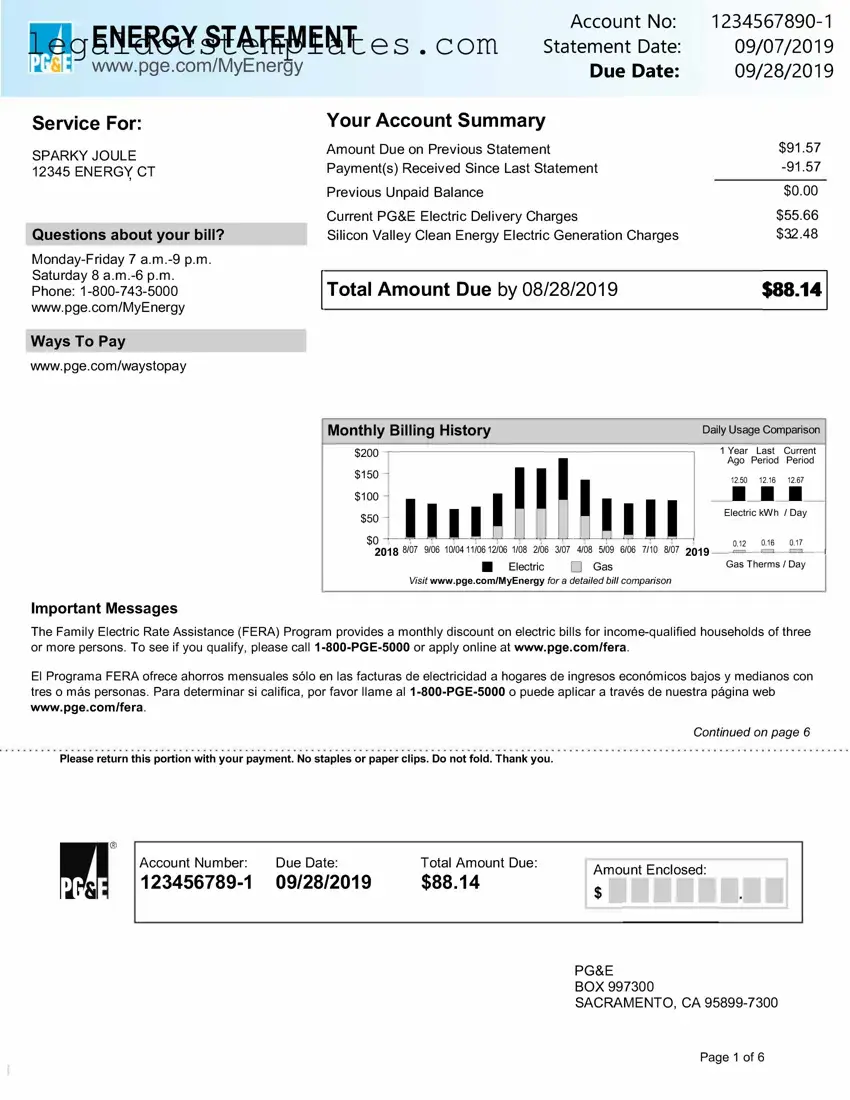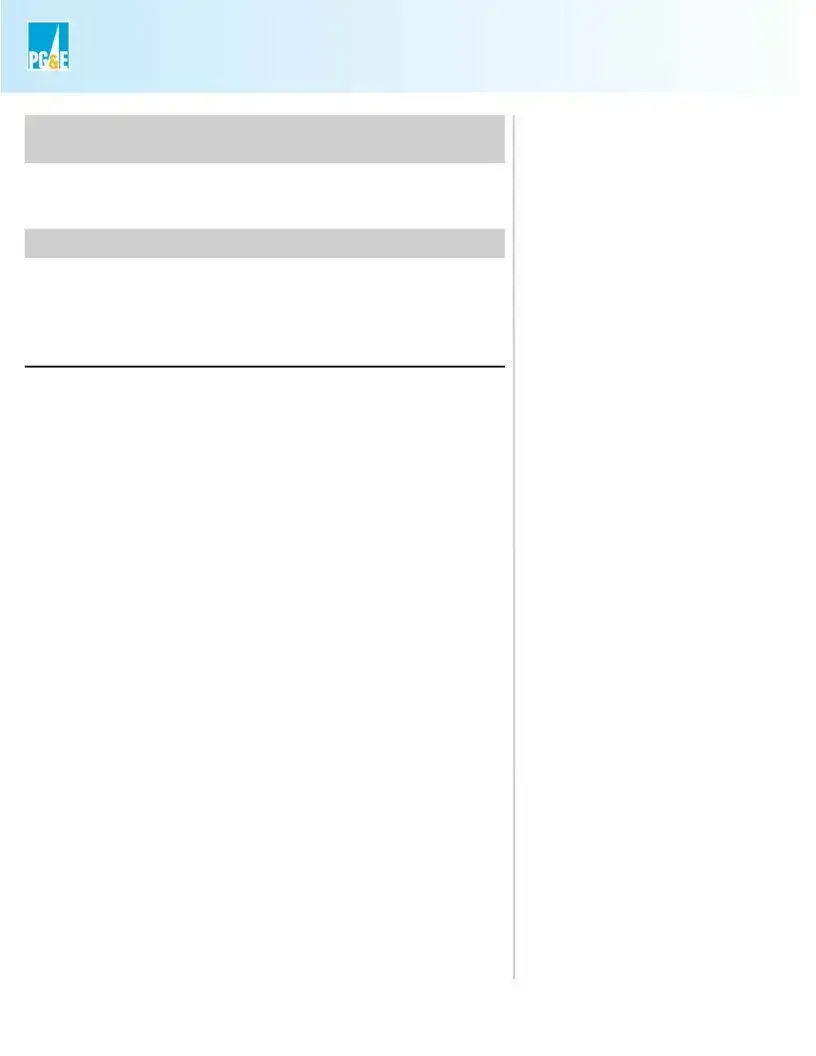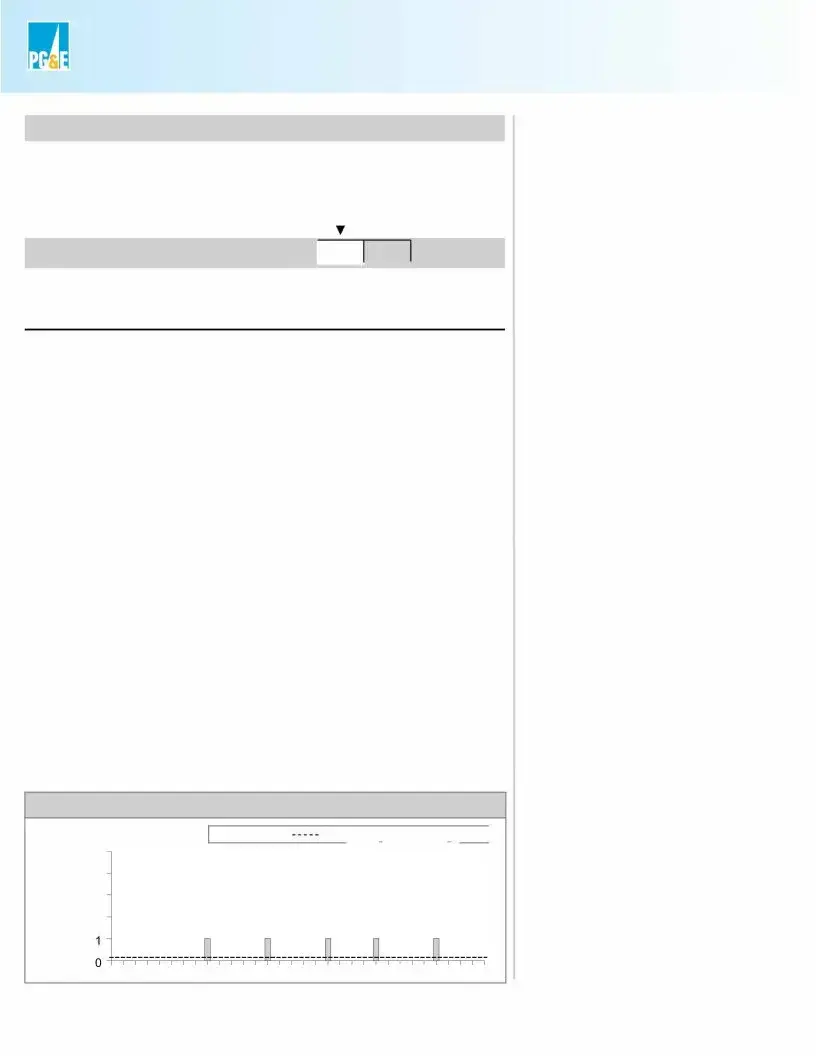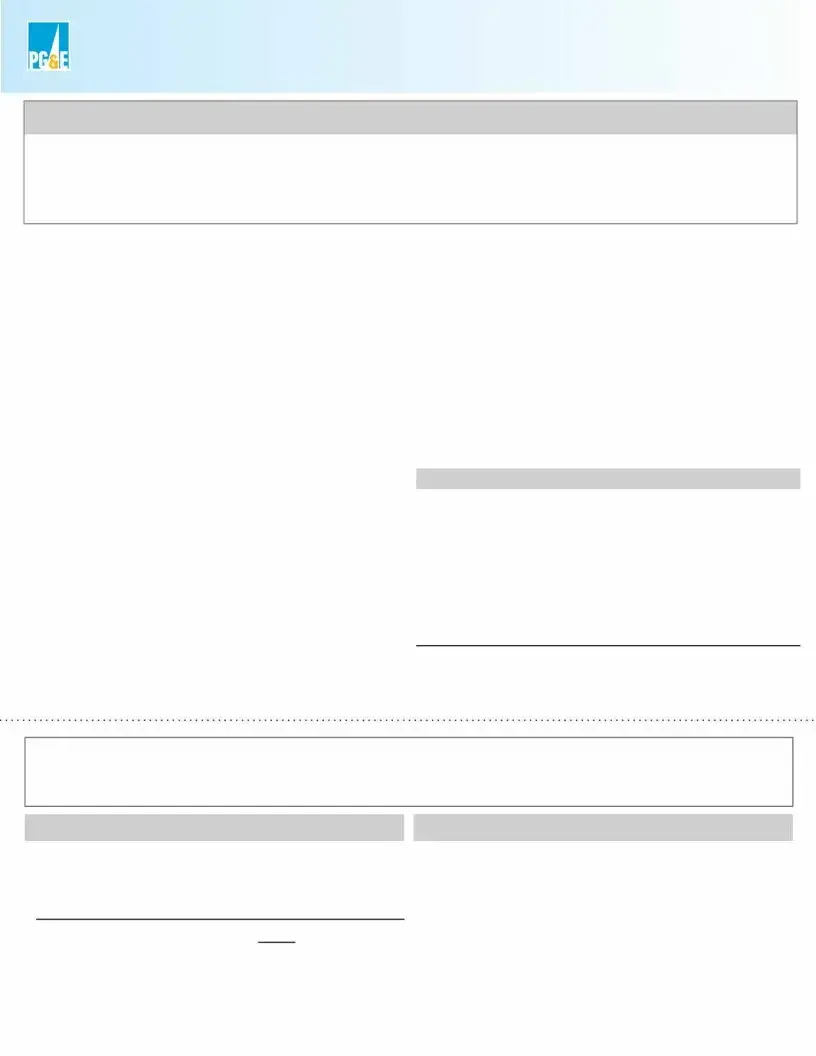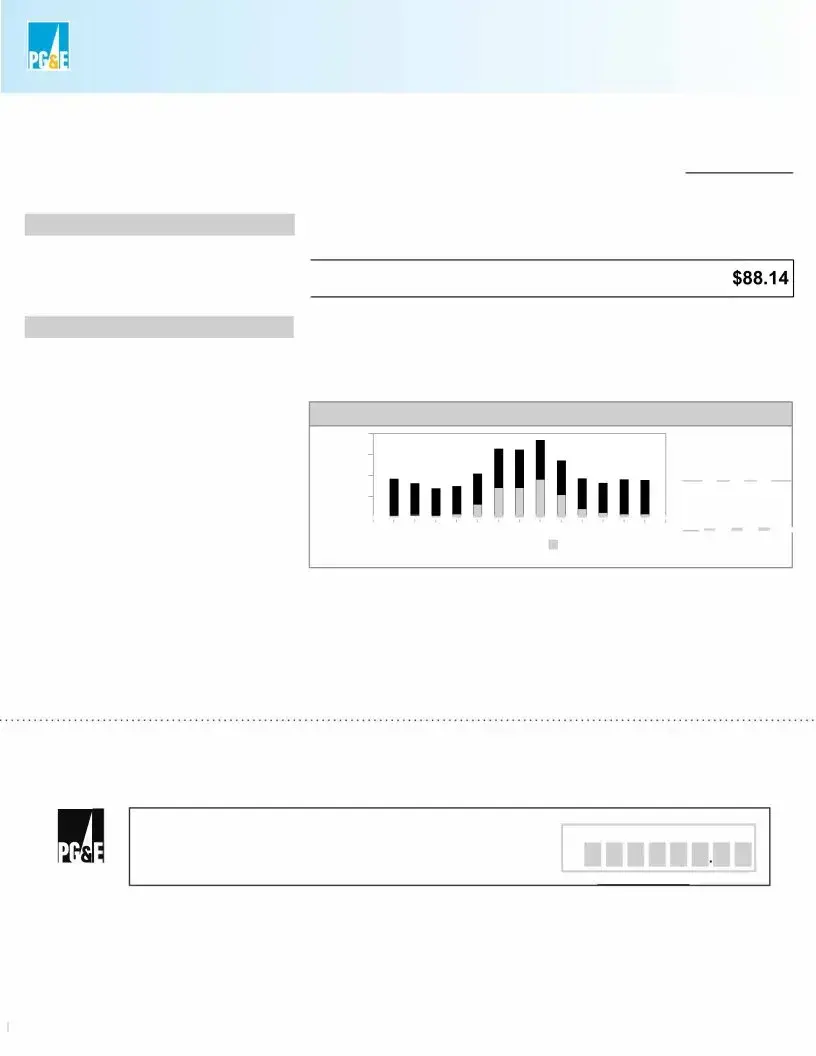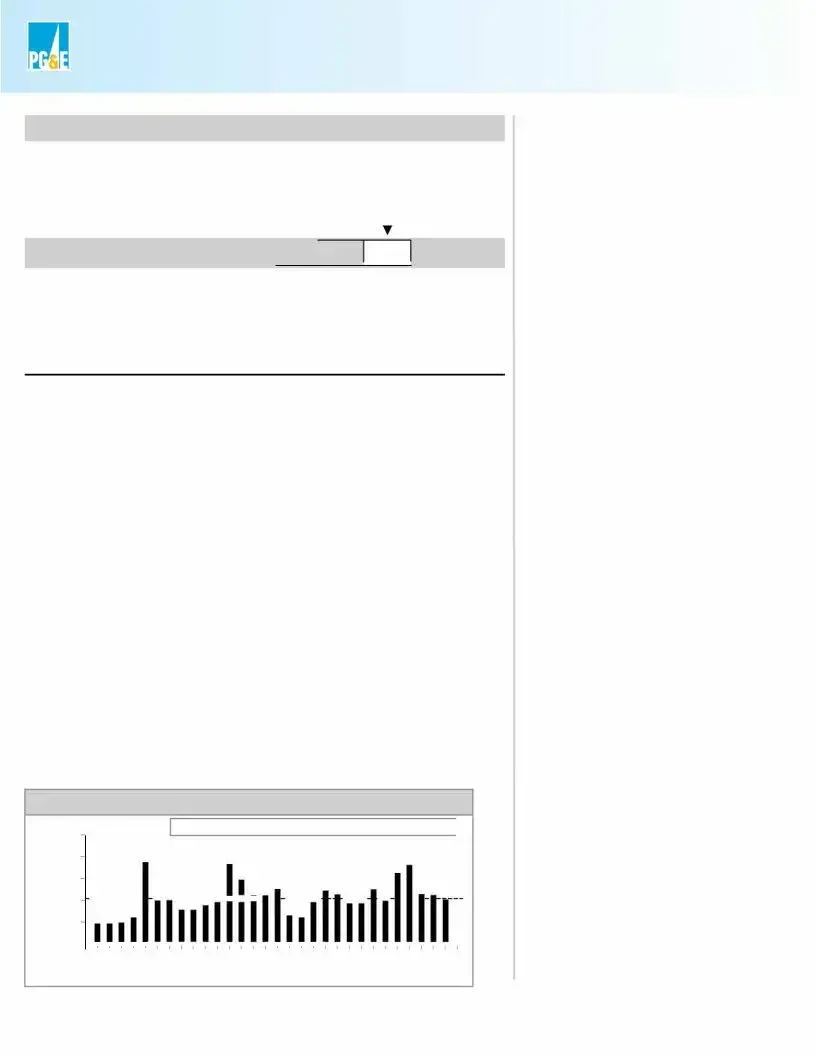One document similar to a utility bill form is the bank statement. Both provide a detailed account of transactions that have occurred over a specific period. A utility bill outlines the charges for electricity, water, gas, or other services used, while a bank statement lists financial transactions, deposits, withdrawals, and service charges related to an individual's bank account. They serve as crucial evidence for financial stability and residential verification.
The credit card statement is similarly structured to a utility bill, offering an itemized summary of all charges, payments, and credits within a billing cycle. Like utility bills, credit card statements detail the financial obligations of the cardholder, including any new charges, interest accrued, and the minimum payment due. These documents help individuals track their spending and manage their financial responsibilities.
Rent receipts also share a resemblance to utility bills in purpose and function. They document the payment transactions between landlords and tenants, specifying the date, amount, and property for which the rent has been paid. Likewise, utility bills confirm the exchange of services for payment. Both play significant roles in financial documentation and can be crucial for tax purposes or when seeking new accommodation.
Property tax statements, much like utility bills, are issued periodically and outline the amount owed by the property owner to municipal or local government bodies. These statements detail the property's assessed value, the tax rate applied, and the resulting taxes due. Both documents are indispensable for maintaining records of obligatory payments related to property ownership or usage.
Insurance premium notices share similarities with utility bills, as they both represent periodic requests for payment to continue service coverage. An insurance premium notice specifies the amount due for the policy to remain in effect, covering details like the policy number, coverage dates, and the payment due date. In both cases, timely payments are essential to prevent lapse in service or coverage.
Loan statements are akin to utility bills since they both provide a snapshot of the amount due for services rendered or money borrowed. A loan statement will detail the principal amount, interest charges, current balance, and the next due date. These statements help individuals manage their debts just as utility bills assist in managing household budgets and ensuring continuous service provision.
Finally, lease agreements, while more contractual than transactional, bear resemblance to utility bills in their necessity for establishing terms of use and occupancy. A lease agreement outlines the obligations of the tenant and the landlord, duration of the lease, and the cost of rent. Utility bills complement these agreements by detailing the cost of utilities, which may or may not be included in the lease terms, affecting the overall cost of occupancy similar to how the lease details the occupancy's financial obligations.
